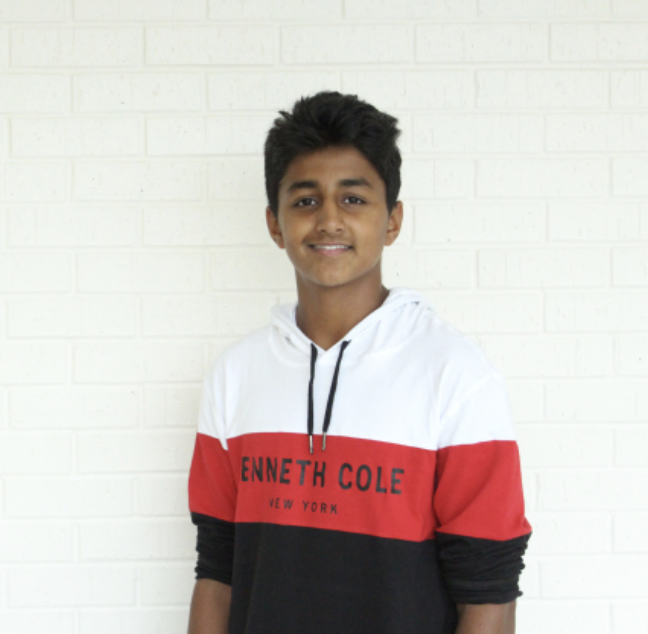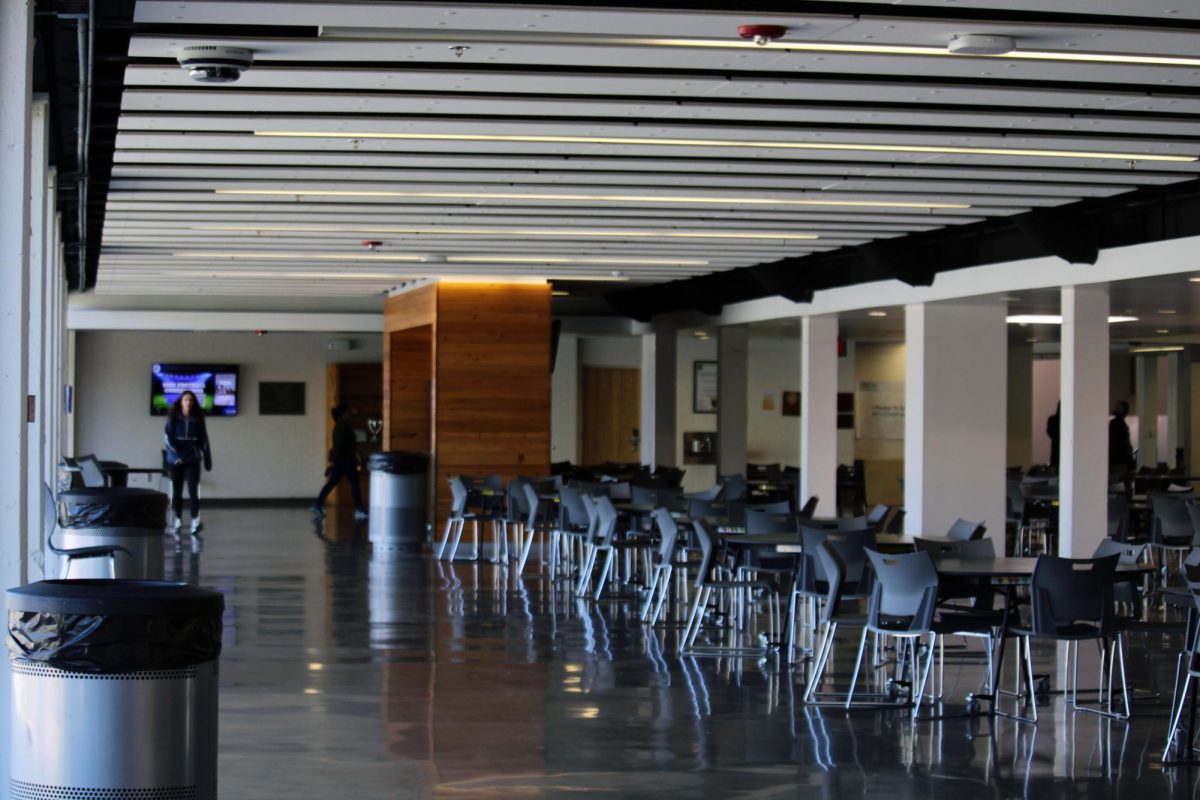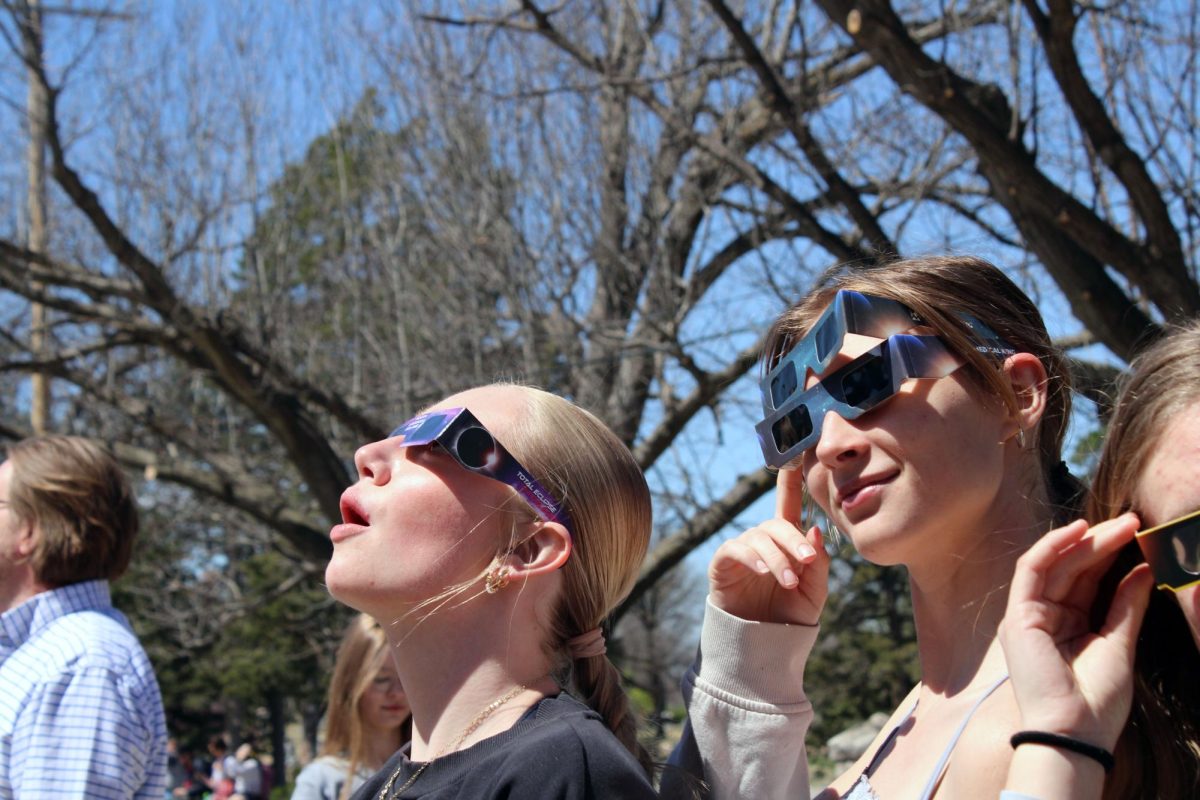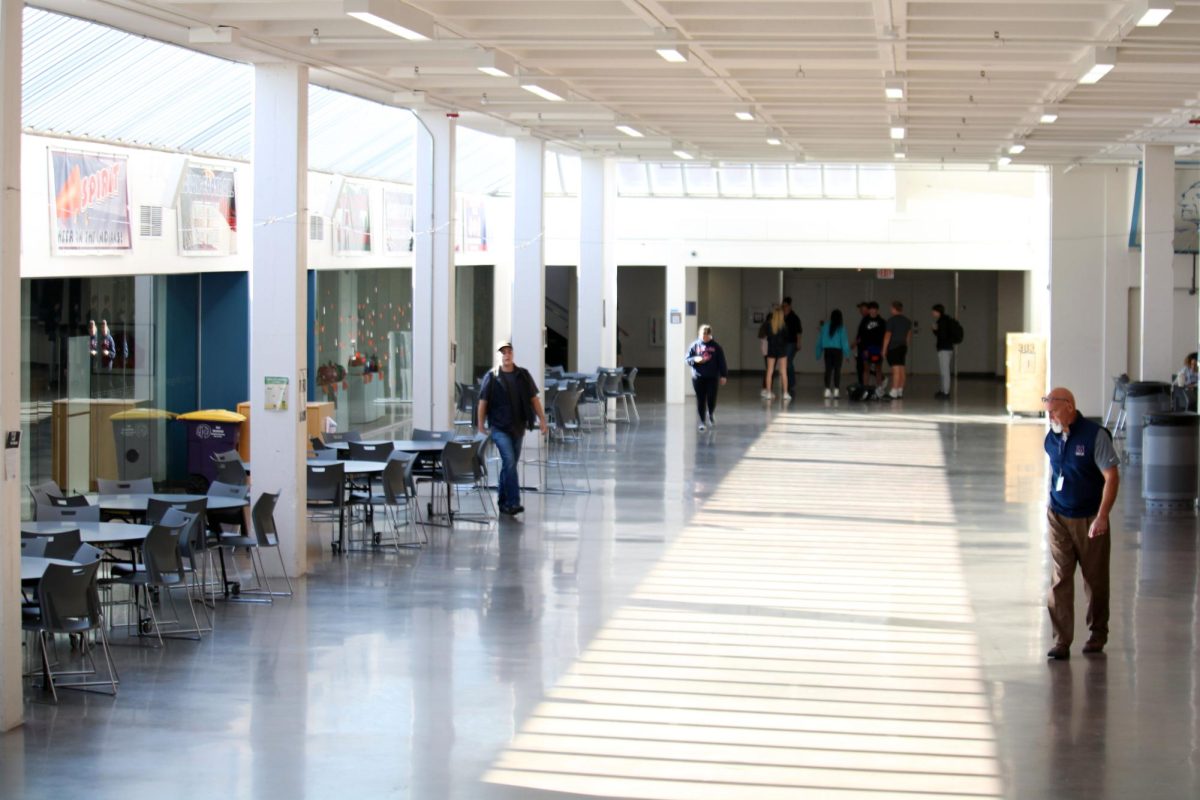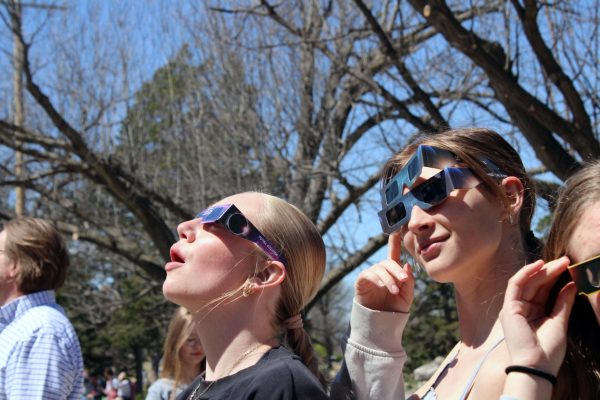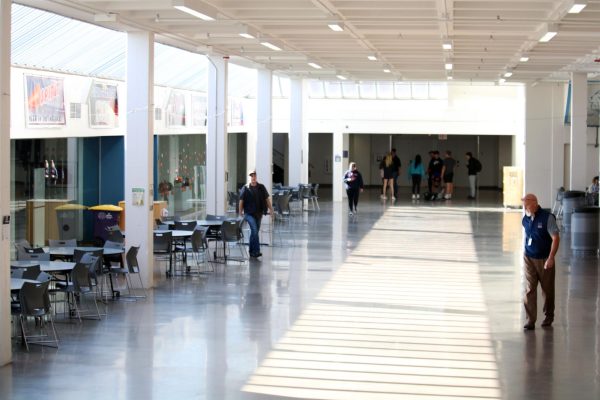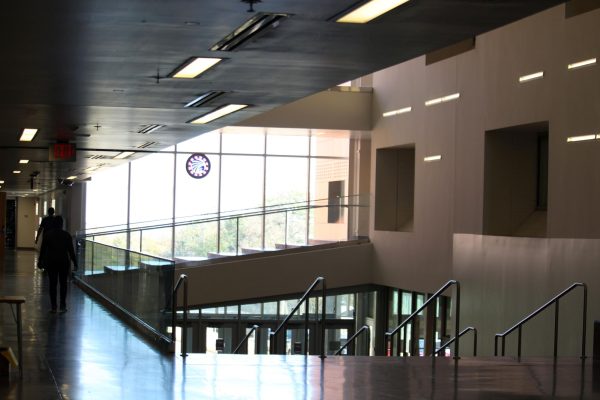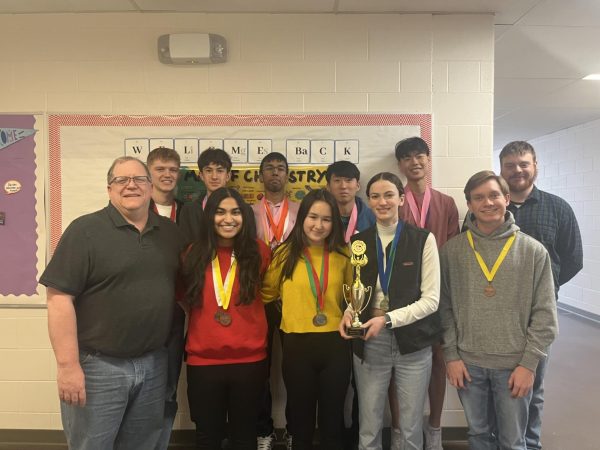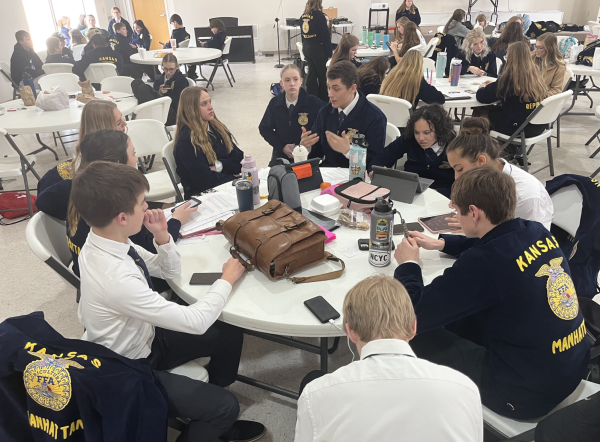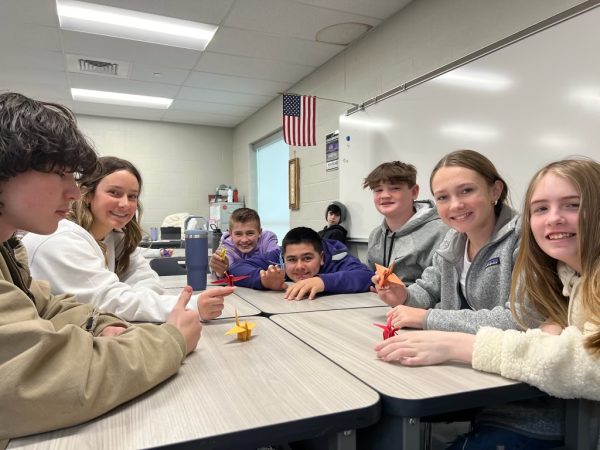New teachers navigate hybrid
September 21, 2020
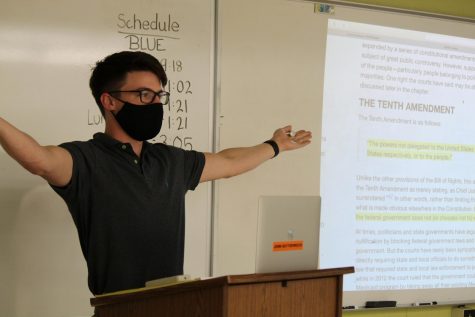 As in every school year, Manhattan High has a number of teachers new to the building and the profession. However, this year’s incoming teachers face a new set of challenges due to COVID-19. From new methods of delivery to lack of contact with students, new teachers are tackling problems college didn’t train them for.
As in every school year, Manhattan High has a number of teachers new to the building and the profession. However, this year’s incoming teachers face a new set of challenges due to COVID-19. From new methods of delivery to lack of contact with students, new teachers are tackling problems college didn’t train them for.
“Oh my gosh. It’s been crazy,” Deneyce Ackerman, a new special ed teacher, said. “Everybody thinks I’m crazy for starting it this year. But I have to think that if I can do it during this time, then if there’s ever a normal, it will be a piece of cake. So it’s been rough. It’s a big learning curve, but so far it’s going good.”
Many of this year’s new teachers didn’t get the chance to complete their student teaching before school shut down in March of last year. New AP English Language teacher Sean Pennington was one of those, but he said it hasn’t been too much of an issue.
“It’s been pretty comfortable,” Pennington said. “I met most of the English department last year and they’ve been super helpful, and so I think it’s been a pretty smooth transition… I do like students this year, everyone’s been great.”
Navigating hybrid has required adaptation for all teachers, but new teachers have to design lessons without much experience for remote and onsite students.
“It’s been a little bit difficult just because I’m used to a certain model, I’ve been going to school my whole life and so I’m used to it being one way,” new American Government and Psychology teacher Jack Dotterweich said. “Having a lot of contact with students definitely helps in the early parts of the year.”
More than just students and teachers not being able to use Canvas, not seeing students on a daily basis means teachers have to find different ways to teach content that would usually heavily rely on communication.
“It’s obviously challenging to learn and to teach a language when you only see the students once a week because it’s important with language to practice every day,” new German and French teacher Natacha Mally said. “When we see each other only once a week, sometimes it becomes a little difficult, but we find ways to continue to make it work.”
The one popular aspect of hybrid is the smaller class sizes, which allows teachers more time with individual students per class period.
“[I like] the small classes,” Ackerman said. “I think that makes me feel more comfortable having smaller groups of kids.”
Despite the challenges, teachers are making do with what they have and moving forward.
“We’ve got a wonderful administration that’s doing everything that they can to help us teachers adjust and support the students as best we can,” Dotterweich said. “For every student, hang in there. Sit tight and hopefully this will be over soon.”



